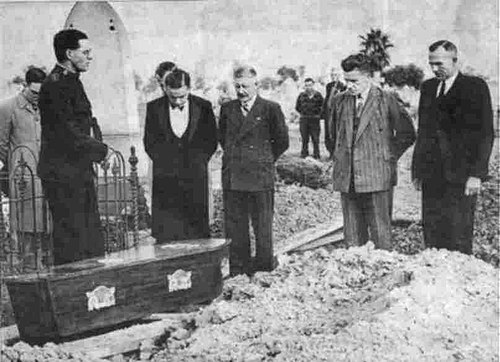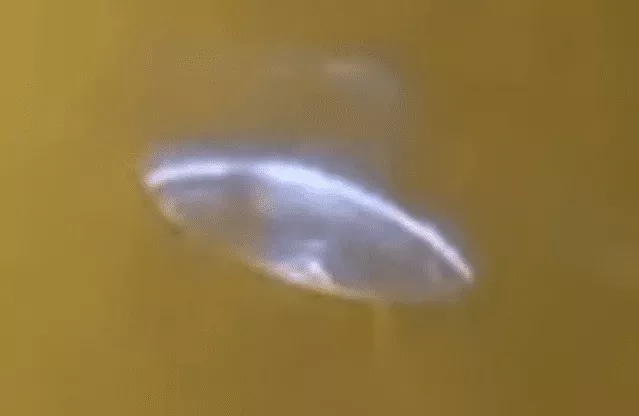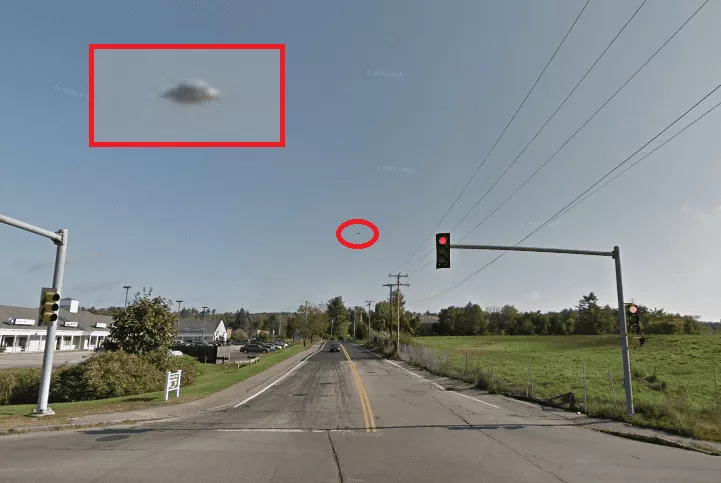
The case of the Somerton Man refers to an unsolved mystery surrounding an unidentified man found dead on Somerton Beach in Adelaide, Australia on December 1, 1948. The circumstances surrounding his death have remained a mystery to this day.
The body of the well-dressed man was discovered propped up against a seawall on Somerton Beach by passersby. Although the coroner suspected poisoning, the exact cause of death was never formally established. The man carried no identification, and all labels had been carefully removed from his clothes.
The initial investigation revealed one puzzling clue: a secret pocket sewn into the man's trousers contained a scrap of paper torn from a Persian poetry book with the words Tamam Shud ("It is ended" or "Finished" in Persian) written on it. Months later, an anonymous man handed over the book itself, a rare copy of the Rubaiyat of Omar Khayyam, to police. Inside was also a handwritten code that has never been deciphered.
The Somerton Man's identity has never been conclusively established. In 2021, his remains were exhumed in the hope that DNA testing could reveal his identity, but with no definitive results. In 2010, Professor Derek Abbott from the University of Adelaide proposed he could be Carl "Charles" Webb, a 43-year-old electrical engineer from Melbourne, but this remains an unverified hypothesis.
More recently in 2023, a strange birthday message and flowers left on a sculpture of a man reignited the theory that the Somerton Man could actually be Austrian Carl Josef Halban. However, this lead remains unconfirmed as of now.
Nearly 75 years after the events, the Somerton Man case remains one of Australia's most baffling unsolved mysteries, fueling numerous theories about his identity and the reasons behind his enigmatic death.
JMK, Public domain, https://fr.wikipedia.org/wiki/Affaire_Taman_Shud#/media/Fichier:SomertonManBurial.jpg













